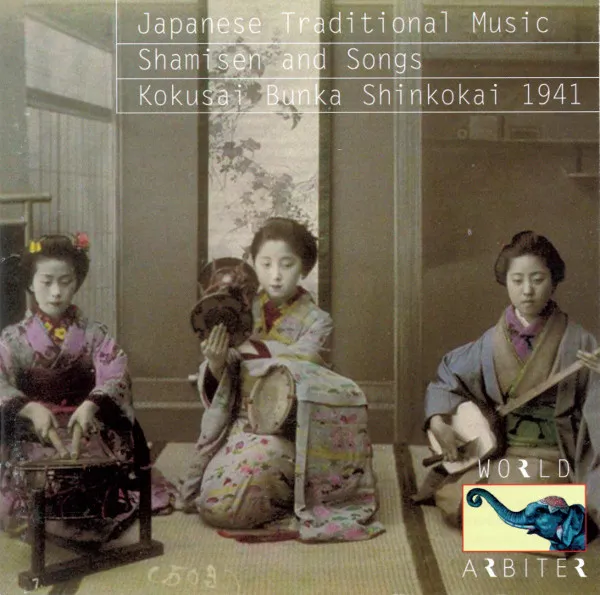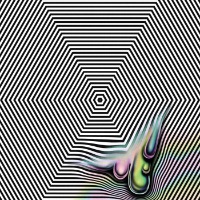- CD
- Recommended
Various
Japanese Traditional Music: Shamisen and Songs - Kokusai Bunka Shinkokai 1941
World Arbiter
- Cat No: WA 2013CD
- updated:2025-03-02
Track List
-
1. Jiuta: Yashima
3:32 -
2. Ogie-Bushi
3:10 -
3. Utazawa-Bushi: Aki No Yo
3:22 -
4. Utazawa-Bushi: Washi Ga Kuni Sa
3:38 -
5. Kouta: Samidare, Kyara No Kaori
3:15 -
6. Kouta: Yae Hitoe, Aki No Nanakusa
3:13 -
7. Hauta: Harusame
3:11 -
8. Hauta: Kyo No Shiki
2:49 -
9. Hauta: Ozatsuki Sansagari, Dodoitsu
3:41 -
10. Hauta: Yakkosan, Fukagawa
3:34 -
11. Washinomiya Jinja Jûniza Kagura: Urayasu Yomo No Kuni Katame No Dan
3:21 -
12. Haruna Jinja Kagura: Himi No Kiyome, Kamuogi, Mikusa No Harai
3:06 -
13. Shishi-Odori: Oshidori Odori, Kanoko Odori
3:01 -
14. Sairei Shishi-Mai: Nuno-Mai, Hei No Mai, Suzu No Mai, Naka-Otoshi
3:30 -
15. Oyama-Bayashi: Roppô, Nihondake, Ken-Bayashi, Jinku
3:25 -
16. Sairei Bayashi (Edo Bayashi): Kamakura, Okazi Byôshi, Nageai
3:25 -
17. Komoriu-Uta From Nanbu, Sendai, Aizu
3:12 -
18. Komori-Uta From Kantô, Nagoya, Osaka
3:25 -
19. Komori-Uta From Chûgoku, Shikoku, Kita-Kyûshu
3:05 -
20. Komori-Uta From Amami, Ryukyu, Yayeyama
3:02 -
21. Otsukisama Ikutsu, Usagi Usagi, Kagome, Hotaru Koi, Ondoradora
3:21 -
22. Zuizui Zukkorobashi, Tenjin-Sama No Hosomichi, Hiraita Hiraita, Sannô No Osaru-San, Yûyake Koyake, Kaeru Ga Naku Kara Kaero
3:15 -
23. Hatoma-Bushi, Mami Ga Pana
3:22 -
24. Washi Nu Turi-Bushi (Song Of An Eagle); Asatoya-Bushi (Song Of Asatoya)
3:14



